This website uses cookies so that we can provide you with the best user experience possible. Cookie information is stored in your browser and performs functions such as recognising you when you return to our website and helping our team to understand which sections of the website you find most interesting and useful.
Veselynove Community
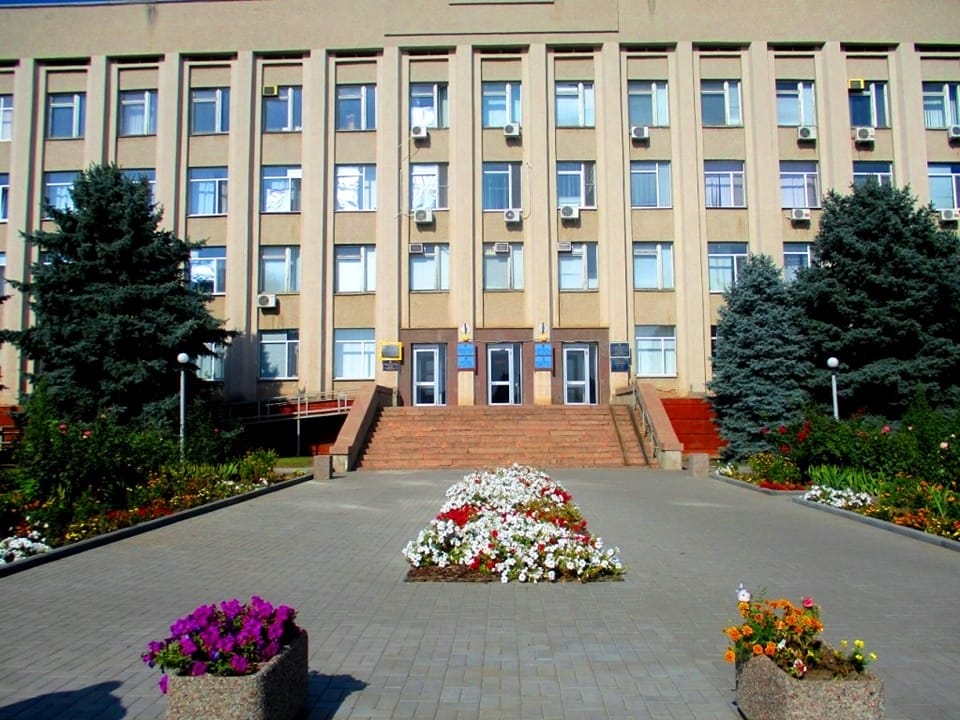
The settlements of the Veselynove Community are located in the southwestern part of Mykolaiv Oblast. The total area of 44 settlements (2 urban-type settlements and 42 villages) covers 906.7 sq. km, which is 3.68% of the total area of the oblast.
As of 01.04.2021, according to the starosta districts of the village council, the population is 18,477 people.
Women: 9,708
Men: 8,769
As of 1 December 2024, there were 1,649 internally displaced persons.
History
The administrative centre of the community is the village of Veselynove. In 1908, construction began on the Odesa-Bakhmach railway line, which passed through Veselynove and connected the rich grain region with the central regions of Russia and the Black Sea ports. The railroad was put into operation in 1914 and has an interesting and rich history. At the end of the eighteenth century, the tsarist government granted the land along the banks of the Chychykliia River to Colonel Veselynov. The village that emerged here was named Veselynove.
In the second half of the nineteenth century it was renamed Oleksandrivka (after the landowner’s daughter), and in the late nineteenth century the old name was restored. Until 1883, Veselynove was part of the Kherson district of the Novorossiisk province, and from 1893 it was part of the Kherson province of the Ananievsky district of the Pokrovska volost.
The village developed rather slowly. In 1859, 30 serfs of the landowner Veselynov lived here. They cultivated the lord’s land, worked on the estate, built and repaired roads and bridges. In addition to farming, the peasants were engaged in cattle breeding and viticulture.
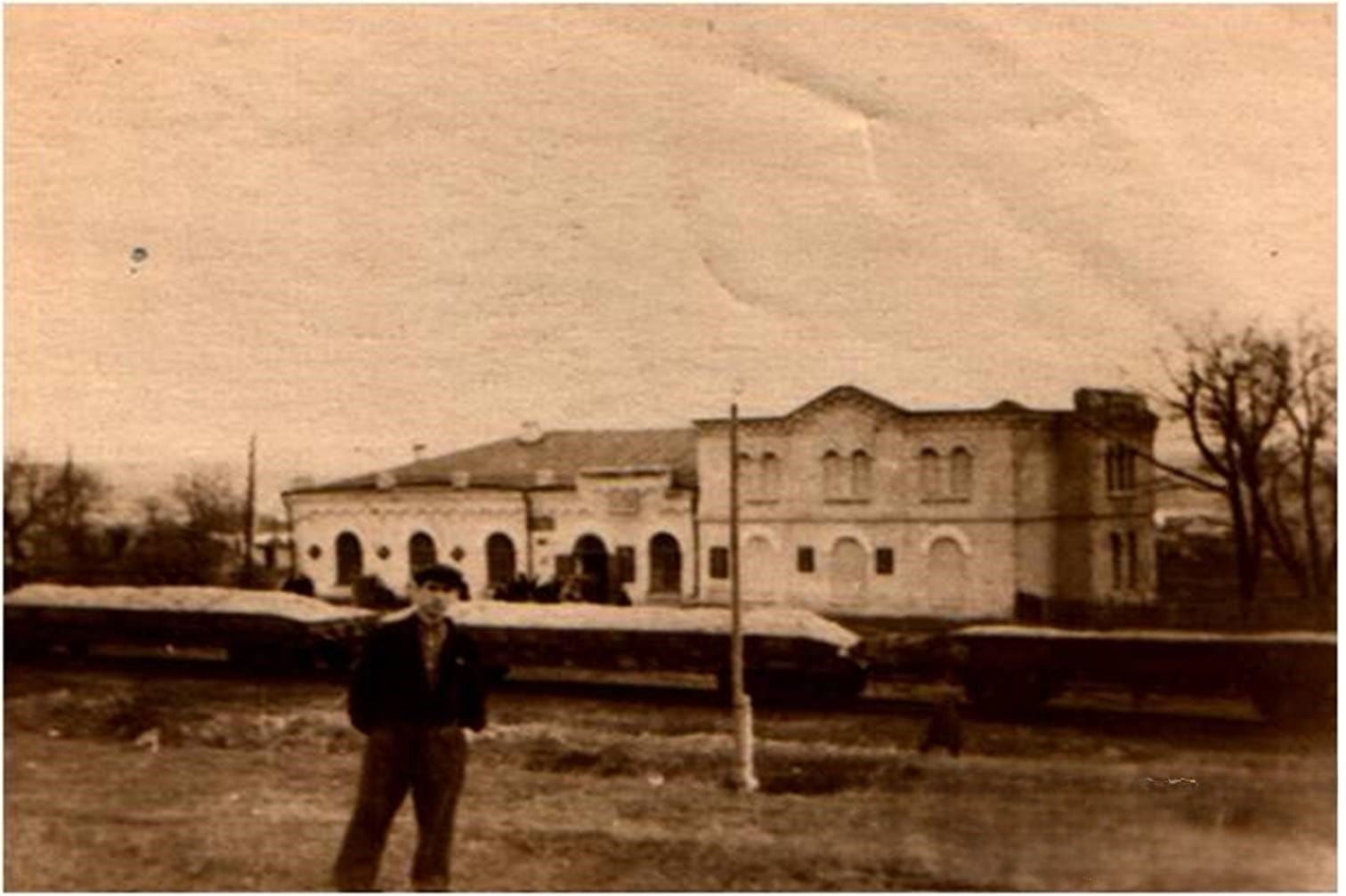
The first stationary cinema installation was also put in place.
In January 1918, Soviet rule was established in the village. At the same time, Veselynove became the volost centre of the Ananievsky district of the Kherson province, and in February 1920 Veselynove became the volost centre of the Voznesensky district of the Odesa province. Also in 1920, the artels “Pershe Travnia” and “Chervonyi Khliborob” were organized in Veselynove and a reading house was opened.
In 1923, the Veselynove Labour School became a seven-year school, with 52 students, and in 1926, 174 students. There were 6 teachers.
At the beginning of 1924, the population of Veselynove was 1001 people.
Medical care for the population has improved, and a 3-bed hospital with one paramedic has been opened. In 5 years, a hospital, an outpatient clinic, and a pharmacy were already operating here.
In 1928, the Veselynove Hemp Factory was built and was awarded the transitional Red Flag of the People’s Commissariat of Light Industry of the USSR.
In 1931, the Veselynove Machine and Technological Station (MTS) was established, which played a major role in strengthening the young collective farms.
In 1934, a club was opened with a drama theatre, the Yuvileinyi district department store, a 600-seat cultural centre with a gym, a consumer services plant, a hotel, a children’s plant, and a bakery were built.
In 1937, Veselynove received electric lighting, and in 1939 it was radioized and a stationary cinema installation was put in place. Veselynove became the centre of the district of Odesa Oblast.
On 11 August 1941, Veselynove was captured by the Nazis. During the occupation, the invaders shot 7,165 citizens of the district and 457 prisoners of war of the Red Army, tortured 10 people, and forcibly expelled 296 people to Germany and Romania.
On 29 March 1944, after intense battles of the 3rd Ukrainian Front, the village was liberated from the Nazis.
In April 1944, the Veselynove Raion was assigned to the Mykolaiv Oblast.
The economy was being established in very difficult conditions. The invaders destroyed the railway station, the MTS (machine and technological station), the hemp plant, and the state mill.
Over the years of the two post-war five-year and seven-year plans, the Pravda and Zhovten collective farms (renamed Zhovten and Iskra) have developed into multi-sectoral enterprises. The former specialized in sheep breeding, the latter in pig fattening. All the main processes in livestock and crop production are mechanized.
Since 1960, Veselynove has been classified as an urban-type settlement.
in 1969, an automatic telephone exchange was put into operation. . A year later, the Yuvileinyi district department store, a 600-seat cultural centre with a gym, a consumer services plant, a hotel, a children’s plant, and a bakery were built.
In May 1981, the Veselynove Fountain, music and choral groups, and a brass band were launched.
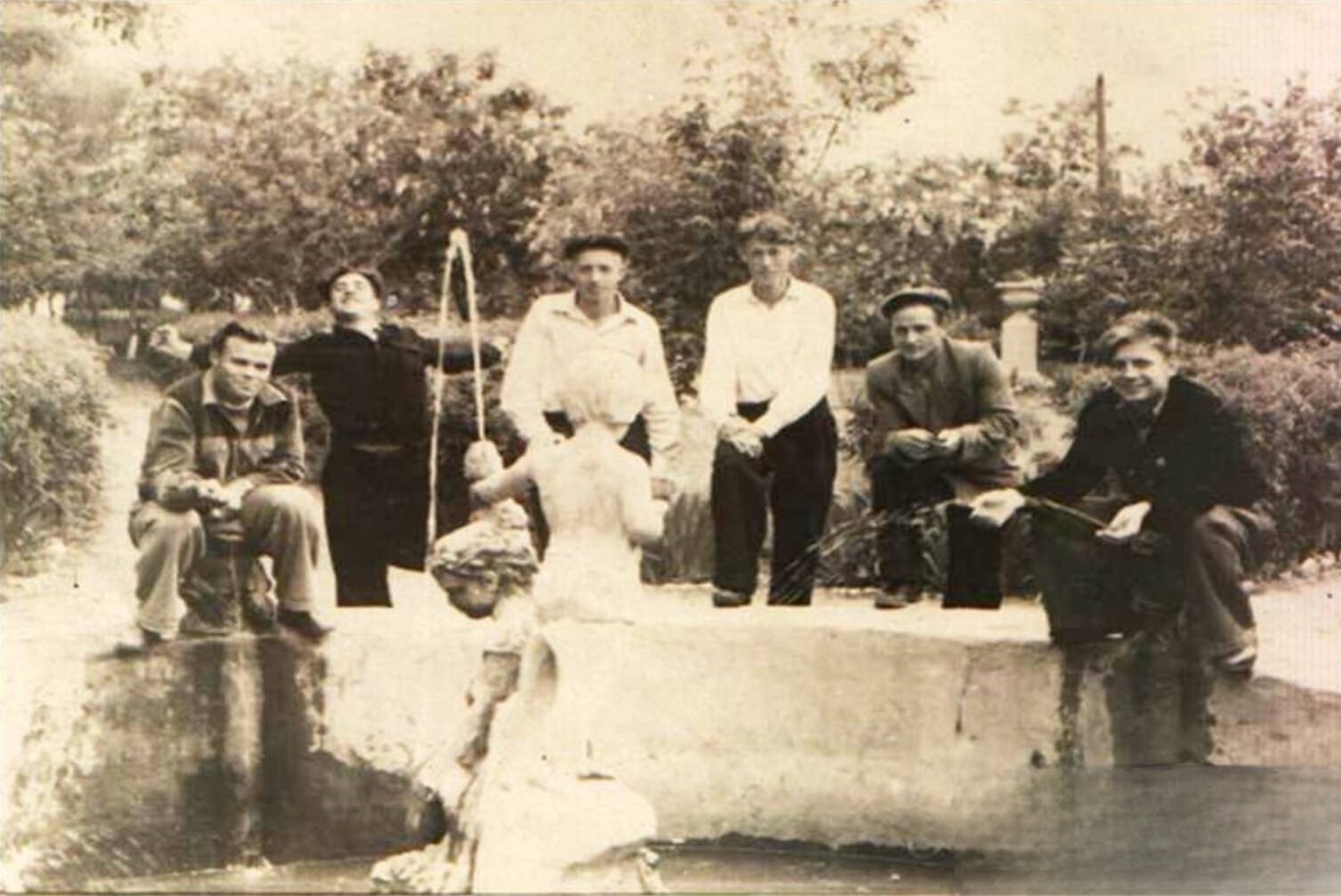
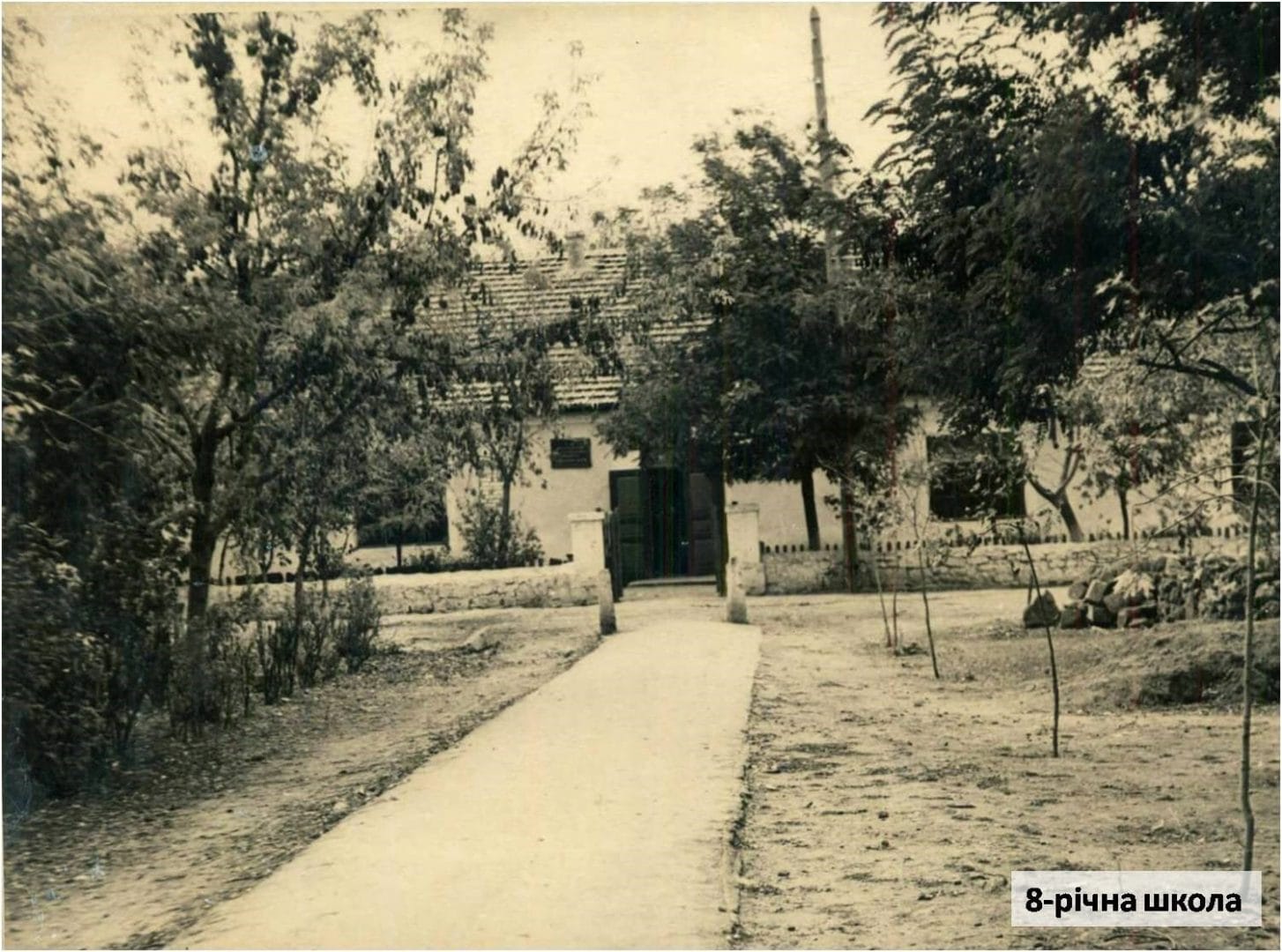
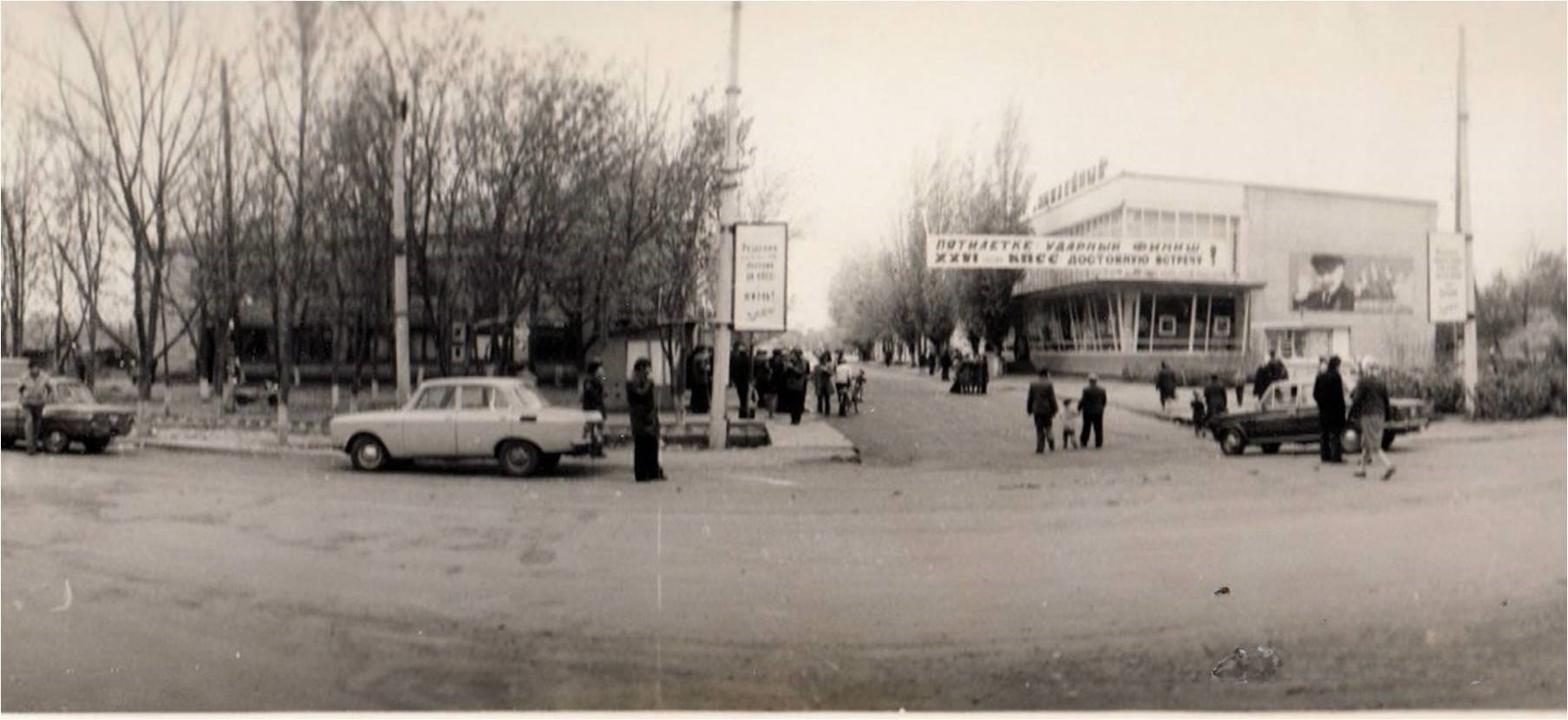
In 1982, a monument to the fallen soldiers was unveiled and an eternal flame was lit.
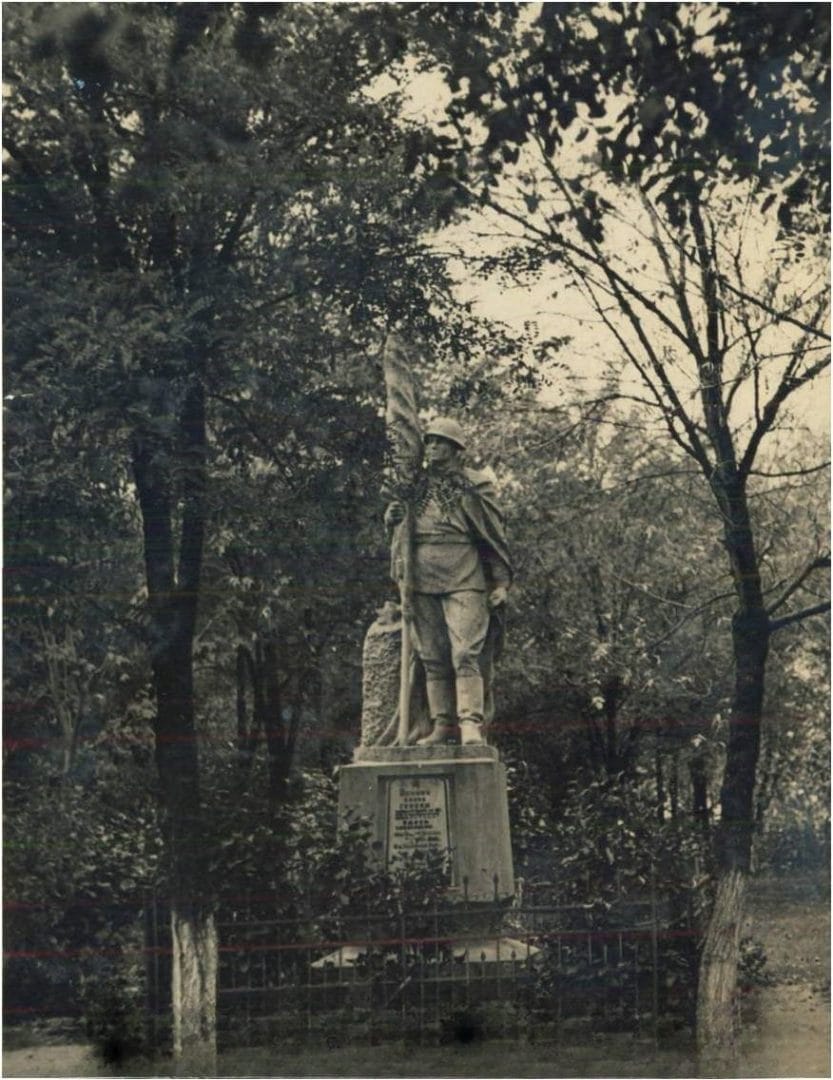
In 1991, the Veselynove District Museum of Local Lore was opened.
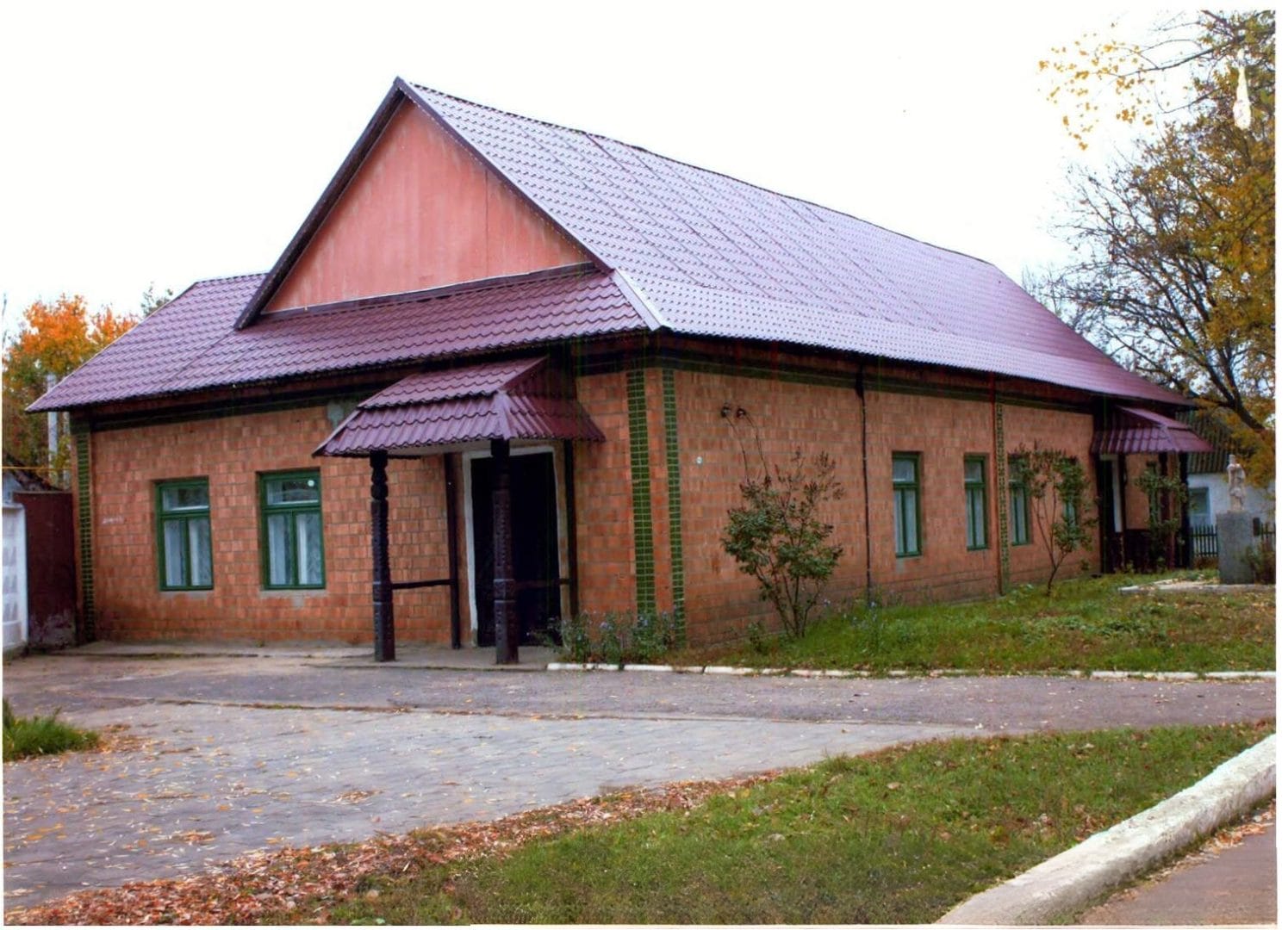
In August 2001, a new educational institution, the Veselynove District Humanitarian Gymnasium, was established.
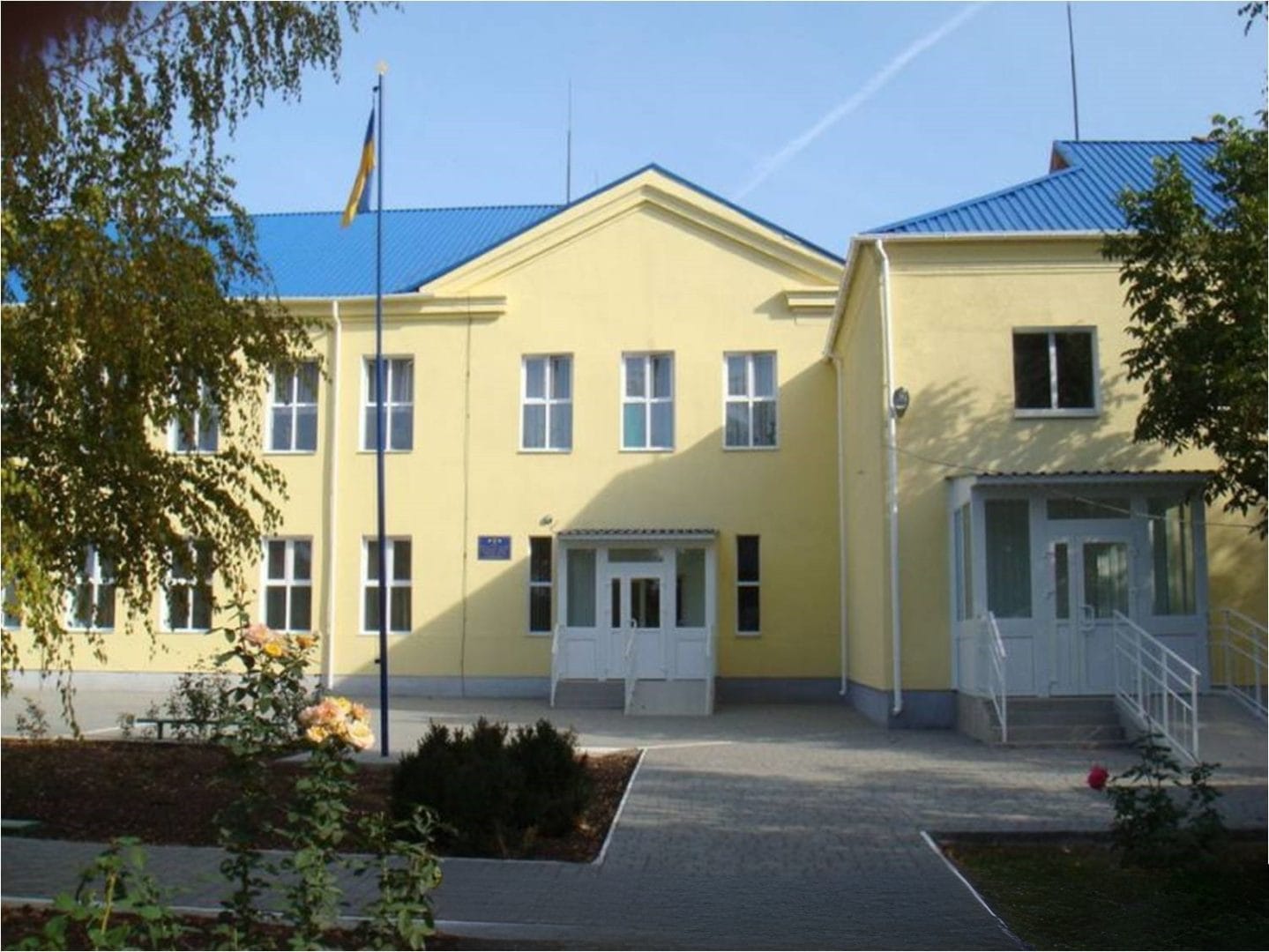
The village council has two railway stations, Veselynove and Kolosivka, in the village of Tokarivka.
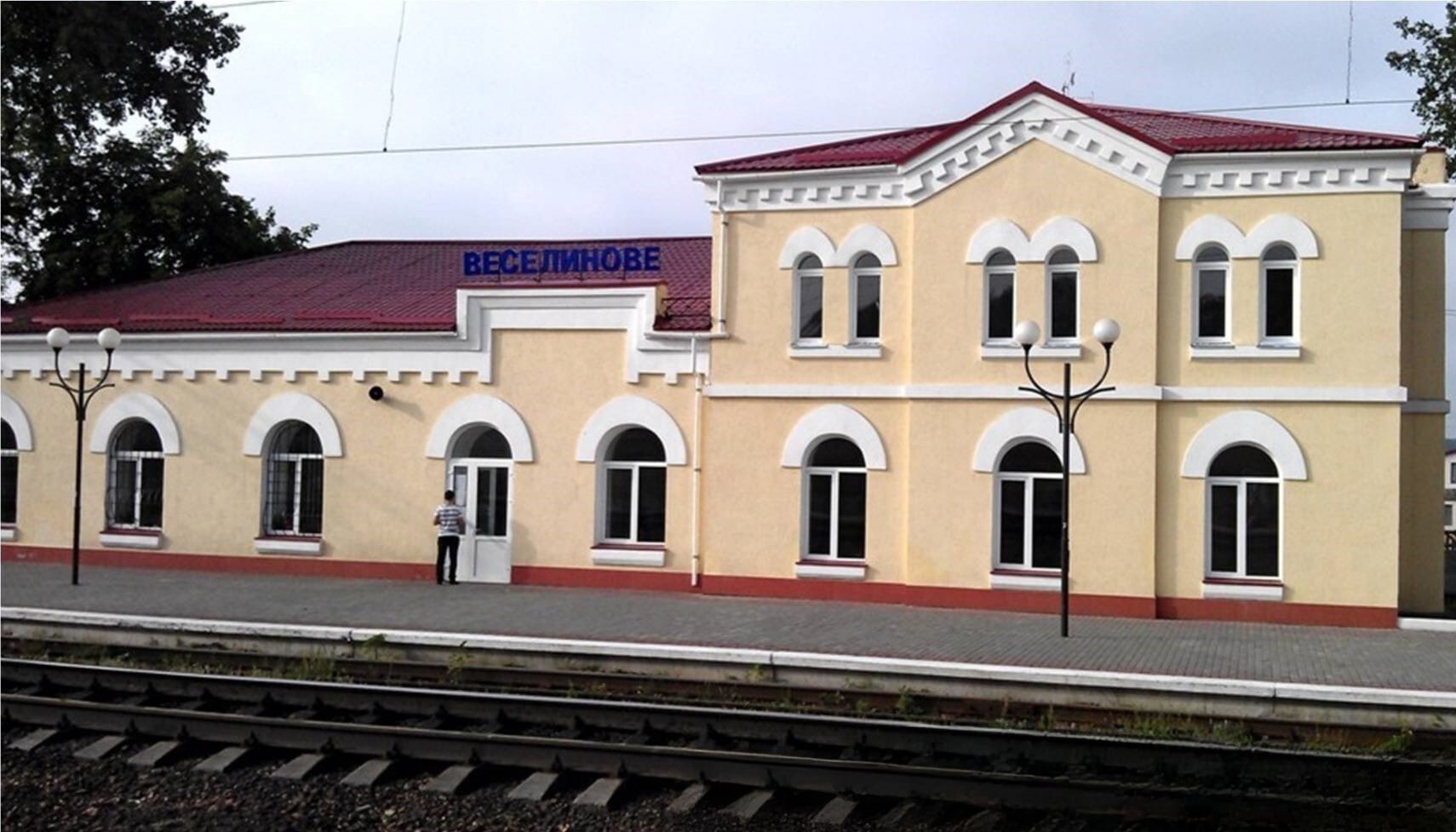
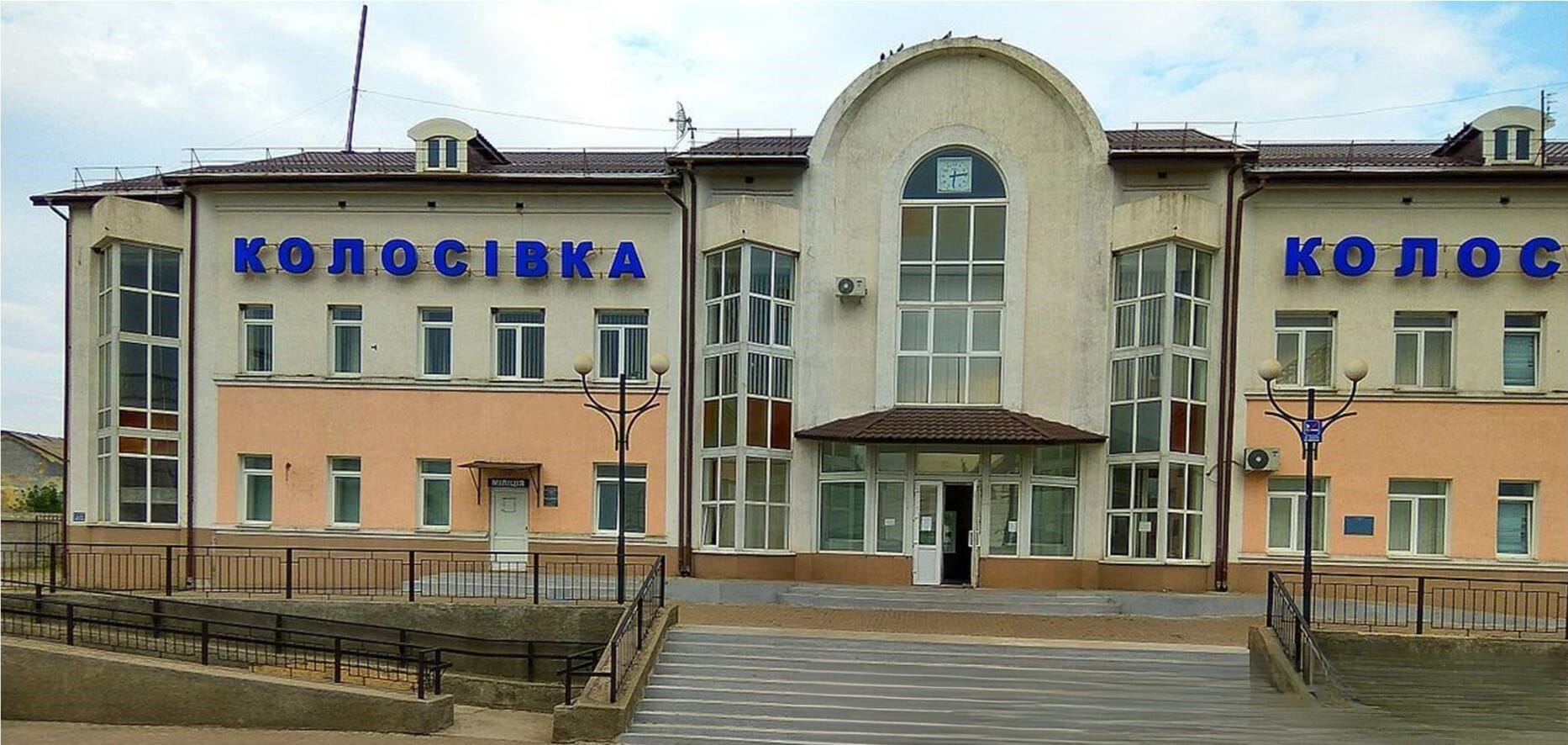
Economy and Welfare
There are 231 enterprises operating in the Veselynove Community.
Since Veselynove Community is located in the south of Ukraine, the main type of economic activity is agriculture, namely crop production. Local farms are engaged in growing winter wheat, winter barley, spring barley, sunflower, corn, millet, rapeseed, peas, and rape. Less than half of the territory of the amalgamated community is arable land.
Veselynove MTS (production of flour, cereals, sunflower oil), Veselynove Plant of Skimmed Milk Powder (SMP) (butter, spreads, milk powder), and Shans (sunflower oil) are engaged in agricultural processing.
Two elevators operate in the community: Kolosivskyi Elevator and Veselynove Grain Receiving Enterprise, which provide services for storing, drying and cleaning agricultural products. Thanks to the convenient location of these facilities, agricultural enterprises are able to store their products at the lowest possible transportation cost.
500 individual entrepreneurs are engaged in trade and services. There is a market in the village where entrepreneurs and local farmers sell their goods.
There are 1 gymnasium and 7 lyceums in the community. The schools have more than 2,035 students and 230 teachers. There are also 14 preschool education institutions with 467 pupils.
There are medical institutions in the community: the Veselynove District Hospital, a municipal non-profit enterprise, and the Veselynove Primary Health Care Center, a municipal non-profit enterprise of the Veselynove Village Council. A Social Service Centre (shelter) has been established.
The community has 1 house of culture, 1 library and one historical and local history museum.
In May 2017, the University of the Third Generation was launched with 21 active pensioners.
The following facilities have been created to organise sports and recreational activities in the community:
- sports grounds – 1
- stadiums – 1
- football fields – 2
- gyms – 2
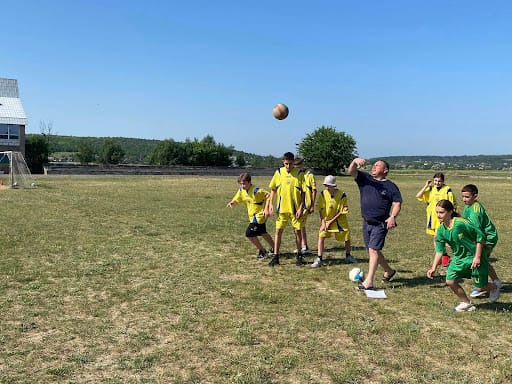
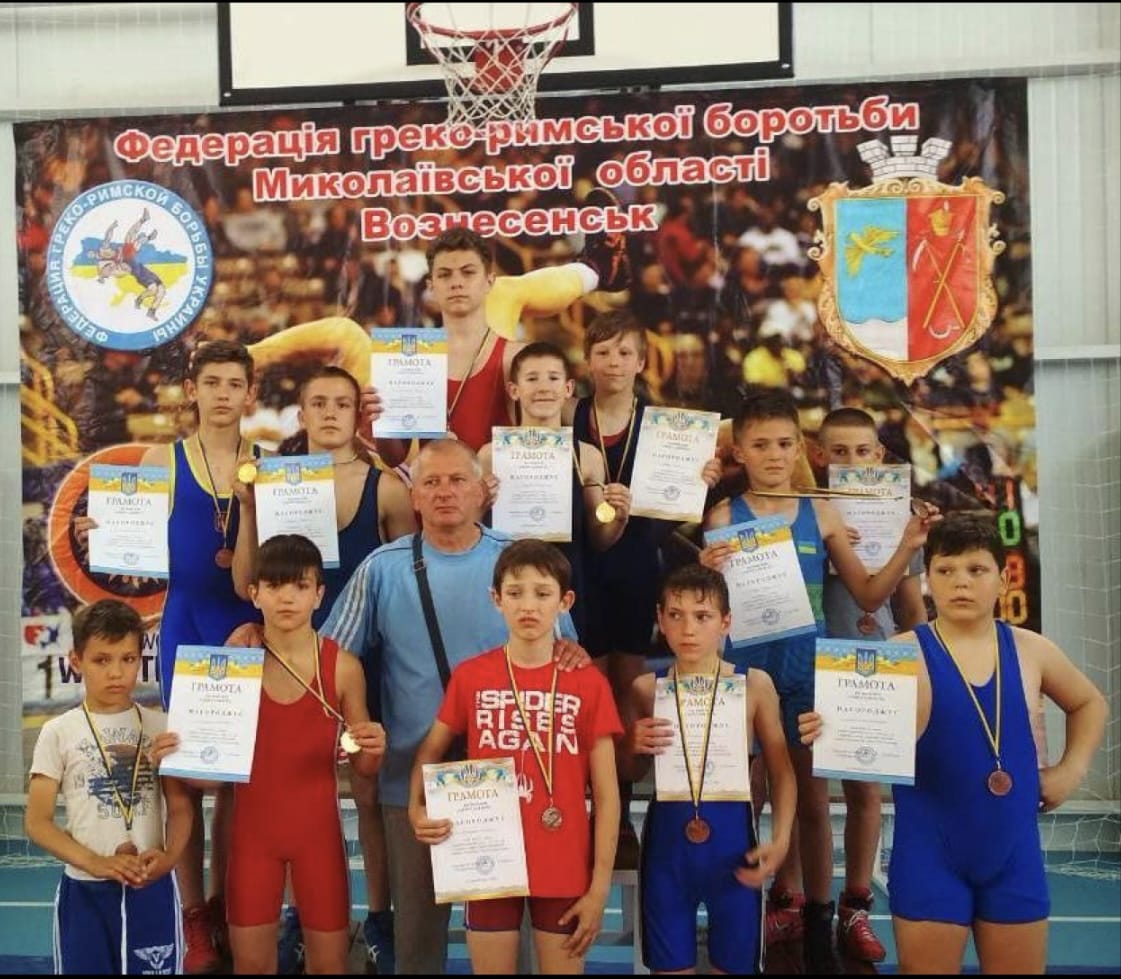
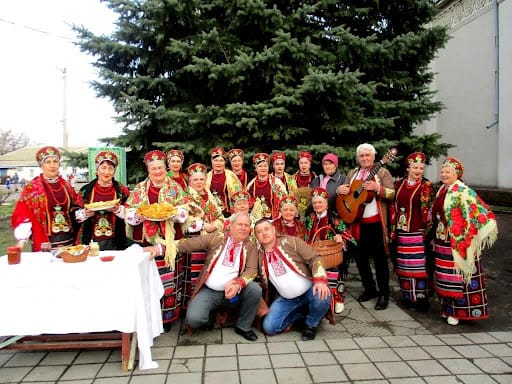
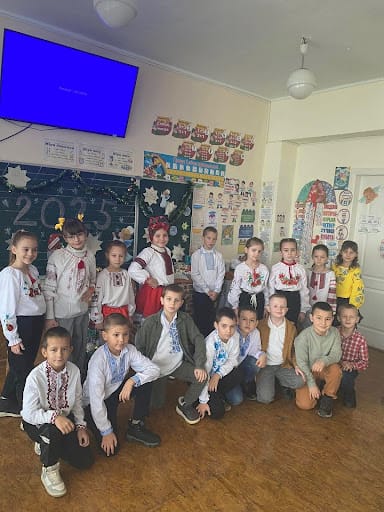
The Community and the War
From the first days of the war, residents of the Veselynove Community rushed to defend their homeland from Russian aggression. Today, over 500 men from the community serve in the Armed Forces of Ukraine. To date, 86 soldiers from the community have been killed, 20 are missing, and more than 10 are in captivity.
Those residents of the community who are unable to fight at the front today join various volunteer organisations and help our military by working in the rear.
The community places great emphasis on helping IDPs. Since the beginning of the war, Veselynove has provided shelter to over 1,600 displaced persons.
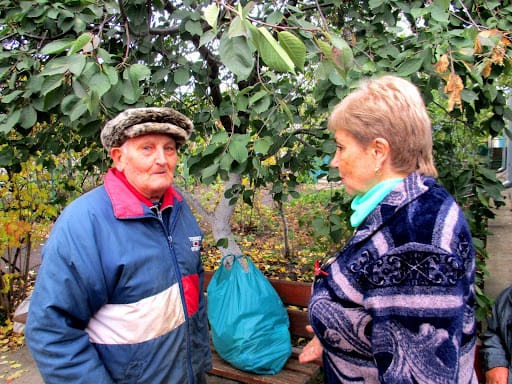
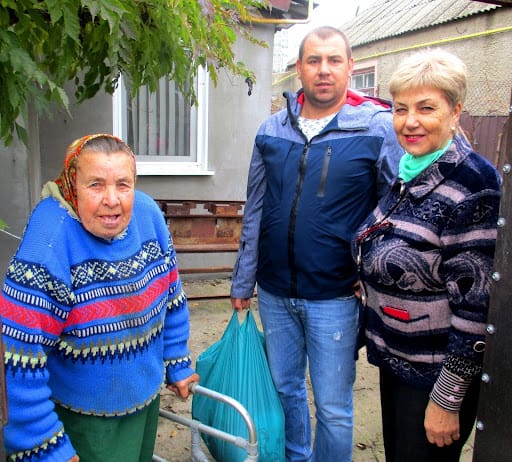
Community People
Oleksandr Rumiantsev was elected chairman of the Veselynove Village Council in 2010. He holds this position to this day.
Of course, the full-scale war has made its own adjustments to the community’s everyday life. Some residents joined the ranks of the Ukrainian Armed Forces. Some residents are engaged in volunteer activities. It is worth noting that during the war, the Veselynove Community sheltered more than 1,500 internally displaced communities.
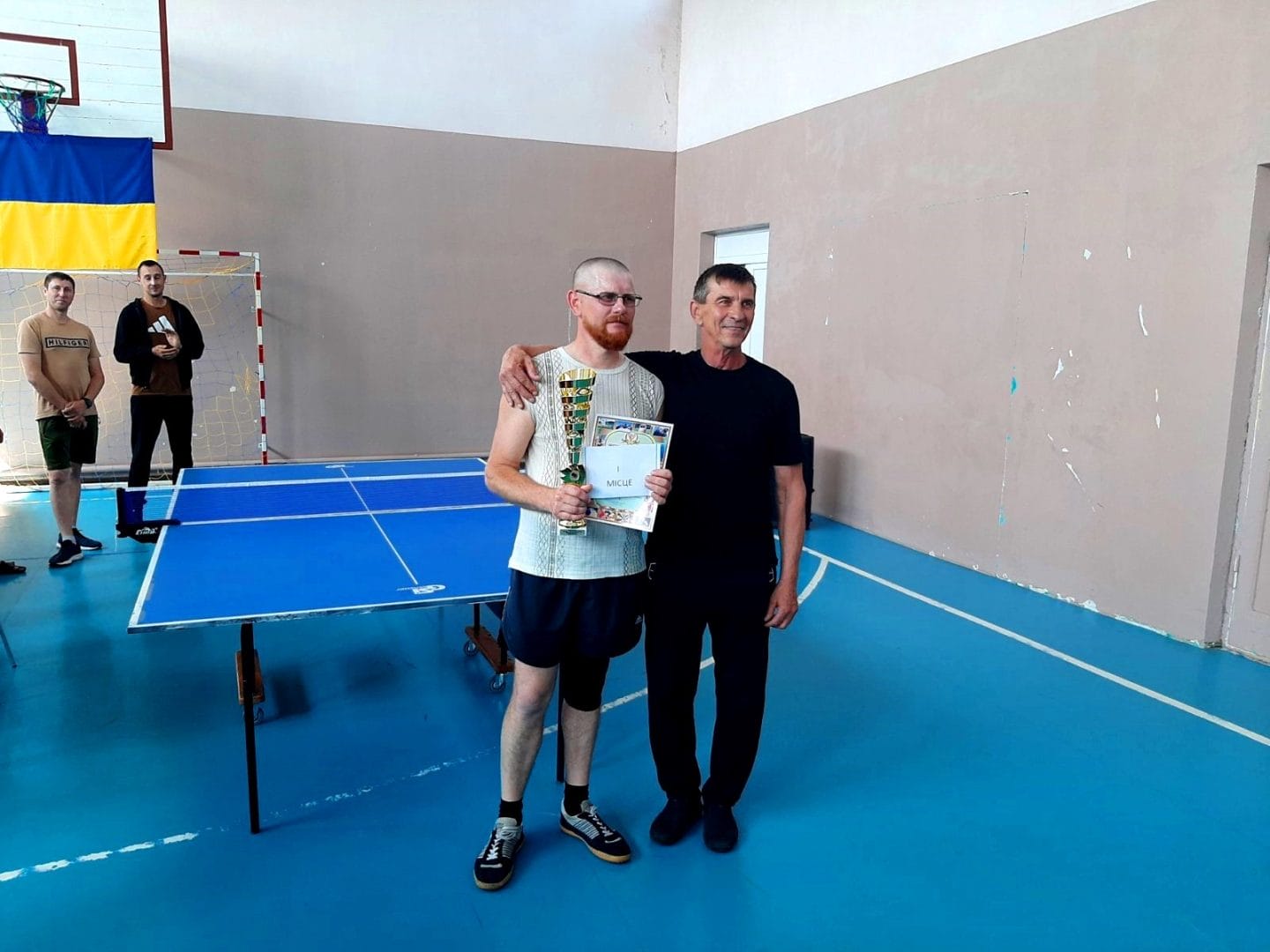
Development Strategy
The strategic goals of Veselynove Community development include the following:
- Economic growth of the community’s settlements: promoting the development of the community’s agricultural sector, creating conditions for the development of small and medium-sized enterprises, developing the tourism industry, improving energy management and developing alternative energy.
- High quality of life for people: comprehensive development of community settlements, preparation of the population for life and work in a changing economy, increasing life expectancy, providing the population with quality housing and utility services, and developing the cultural and spiritual environment.
- Preservation and development of territories: strengthening cohesion and spatial development, preserving the environment, and improving public safety.

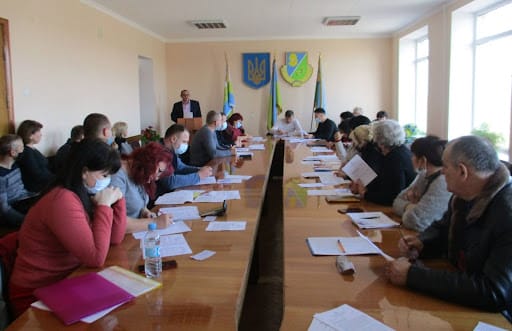
Sources
- Official website of Veselynove Community gromada.org.ua
- Official Facebook group of Veselynove Community facebook.com
- Development Strategy of Veselynove Village Council for 2021-2027 gromada.org.ua
- Investment passport of Veselynove Community gromada.org.ua
- Facebook group “Krasa Veselynove” facebook.com
- Facebook group “Veselynove Lyceum” facebook.com
